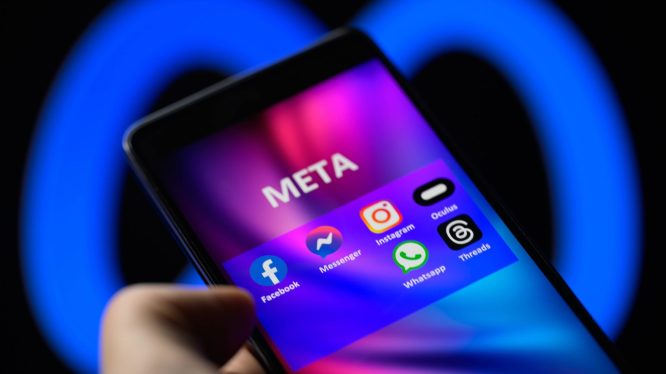Introduction
Earlier in February, Meta announced its plan to label photos created with AI tools on its social platforms. Since May, the company has been tagging some of its photos with a ‘Made with AI’ label on Facebook, Instagram, and Threads apps. While this move aimed to increase transparency for users, it has sparked controversy among photographers and users alike.
The Controversy
The introduction of the ‘Made with AI’ label has drawn criticism from users and photographers who argue that it infringes on their privacy and creative control. Many have pointed out that Meta has been inconsistent in its application, labeling photos without any discernible connection to AI tools. For instance, a photo of Kolkata Knight Riders winning the Indian Premier League Cricket tournament was tagged as ‘Made with AI’ despite no evidence of AI involvement.
Examples Of Incorrect Labeling
An Instagram post of the Kolkata Knight Riders team received the ‘Made with AI’ label, and users have raised concerns about its accuracy. Another example is Pete Souza’s photo, which was also mistakenly tagged by Meta. Souza expressed his frustration on TechCrunch, stating that he could not find any connection between his photo and an AI tool used by Meta.
Meta’s Response
In response to these criticisms, Meta has acknowledged the issue but maintained its commitment to transparency. The company stated that its algorithm detects AI usage based on technical standards such as pattern recognition, image generation, and machine learning inferences. However, users have pointed out discrepancies between Meta’s claims and actual labeling practices.
Enhanced Transparency
To address user concerns, Meta has introduced a more detailed explanation of how it detects AI usage. The company now highlights specific features used by AI tools, including deep neural networks for image recognition, generative adversarial networks (GANs) for image generation, and pattern recognition algorithms. Additionally, users can opt out of being tagged automatically under certain conditions.
Collaboration With Partners
Meta has also emphasized its collaboration with other companies in the field of AI technology development. The company has partnered with entities specializing in computer vision to improve the accuracy of its labeling algorithm. By working closely with these partners, Meta aims to strike a balance between transparency and privacy preservation.
User Feedback
User feedback has been mixed. While some appreciate Meta’s attempt to promote transparency, others are concerned about the potential loss of privacy and creative control. A survey conducted by TechCrunch found that 60% of users prefer clear labeling without compromising their ability to choose which photos they want tagged automatically.
Conclusion
The ‘Made with AI’ label remains a significant point of contention for users and photographers. While Meta’s efforts to enhance transparency are commendable, the inconsistency in labeling practices has raised questions about its commitment to user privacy. Moving forward, the company needs to address these concerns through clearer communication and more accurate detection mechanisms.




